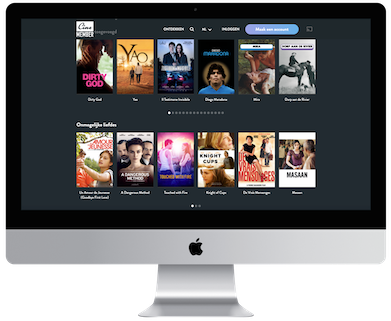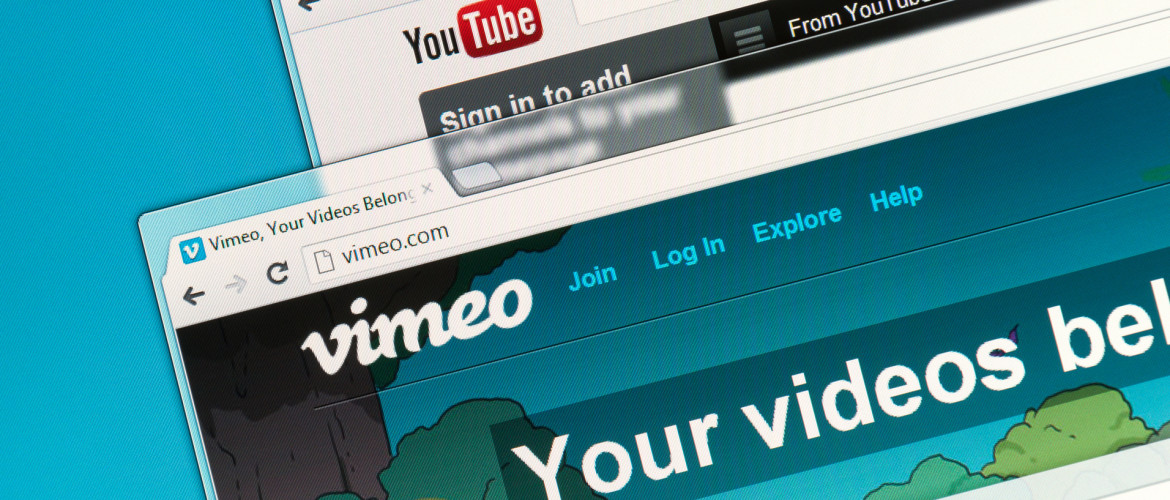It is now almost impossible to imagine: a world without Youtube, Netflix or digital TV. Nowadays it is almost no longer necessary to have a TV cable at home, you can watch movies and series very easily on laptops, telephones or smart TVs. These services are examples of OTT platforms. What is OTT TV, and how does it change the way people view online content?
OTT TV
OTT stands for “over the top”. An OTT Service like Netflix offers video content without the intervention of a telecom provider. This “TV over the Internet” is becoming increasingly popular. A big advantage is that the user can control exactly what they watch, when they watch it and can pause and resume their favourite shows / videos whenever they want. OTT services often also cost less than a cable TV subscription, so it is expected that OTT TV will increasingly dominate the market.
Offer OTT Content yourself
The examples mentioned here in this blog are the best known, but by no means the only OTT Services. More and more small companies are benefiting from their own OTT Platform. Think of companies that sell yoga classes, master classes or sports videos online. By using their own video platform, these companies are not dependent on an intermediary company and can use their own payment model.
Having your own video platform (in addition to independence) also has the advantage that entrepreneurs can better serve their target audience. By receiving direct feedback (in the form of data) from users, entrepreneurs can respond better to the wishes of their consumers. Thus, they can build a relationship with their customer, which is more difficult with the intervention of a telecom provider.

SVOD vs TVOD
Where traditional TV often generates revenue through commercial advertisements, OTT Platforms have several options.
SVOD: Subscription based video-on-demand. Customers take out a subscription (as with Netflix) where they pay a certain amount per period.
TVOD: Transactional based video-on-demand. Customers do not pay a subscription, but per online video. This is the case, for example, at Pathé at Home.
Credits: Customers buy / receive credits that they can then spend on video content of their choice.
Free: Users can view the video content for free, but with commercial ads.
Since OTT has become the standard way people consume video, audiences now expect professional features like personalized recommendations, secure payments, and seamless apps on every device. With AudiencePlayer, you can deliver all of that while keeping full control over your brand, your content, and your revenue
At AudiencePlayer we help companies to also start to their own video platform. Create your video content, monetisation model and expand to mobile apps and smart TV apps. Do you want to know how your company can benefit from its own streaming platform? We are happy to show you!





